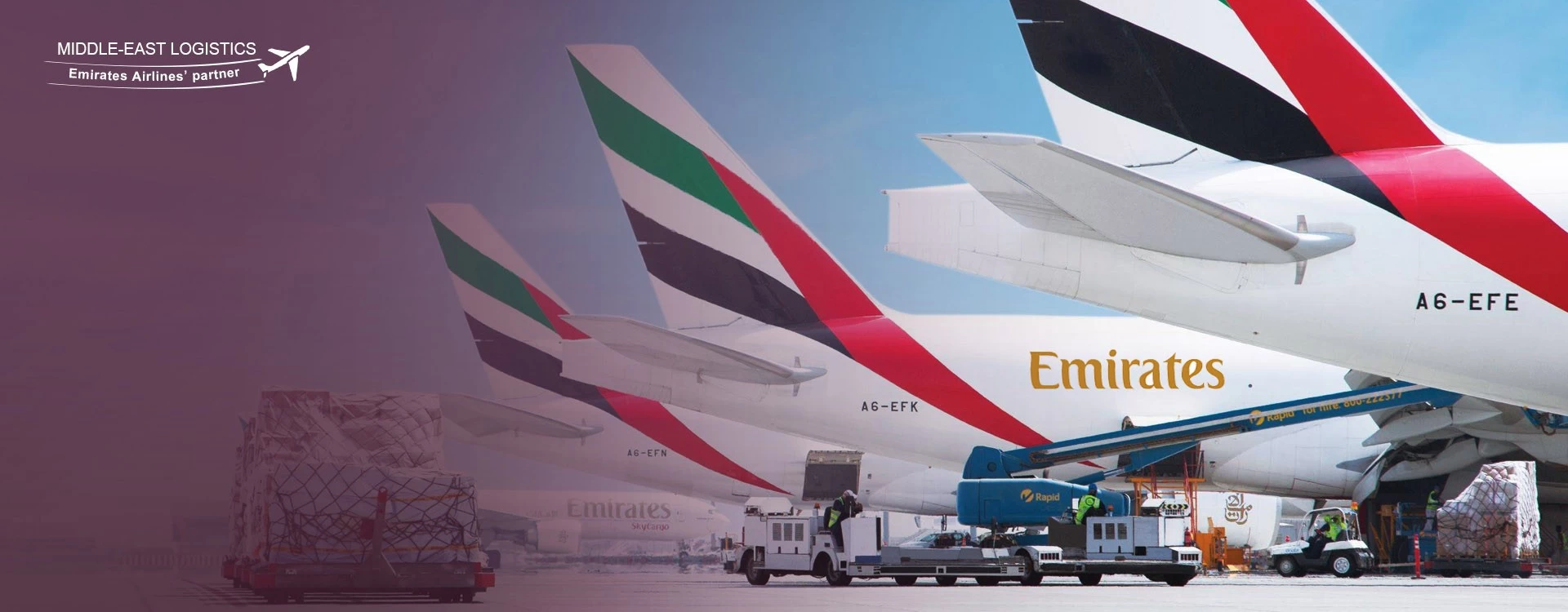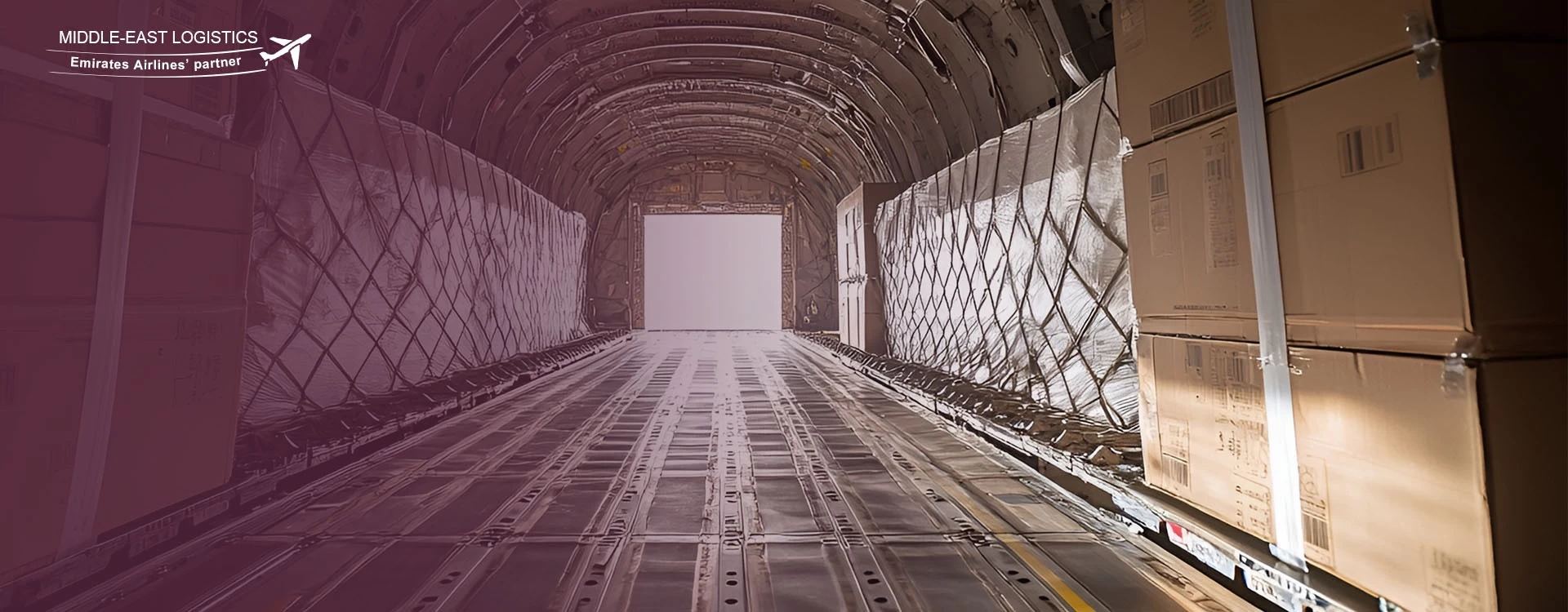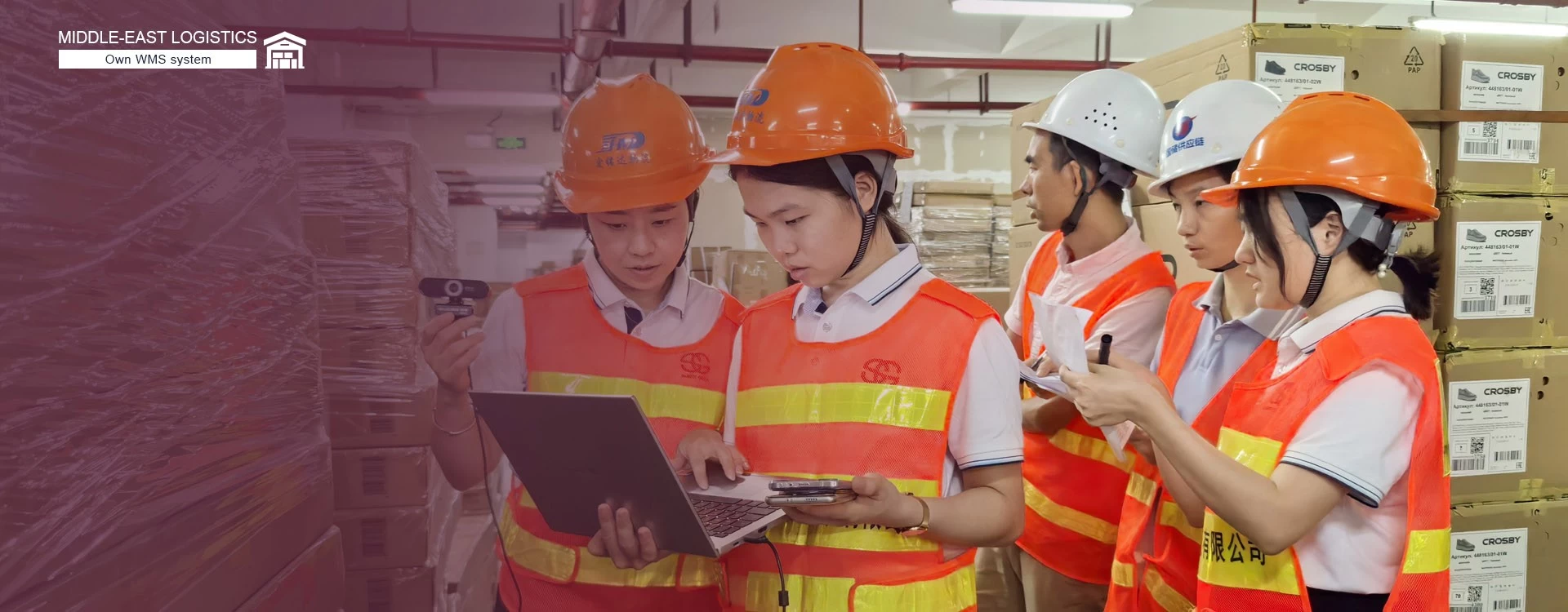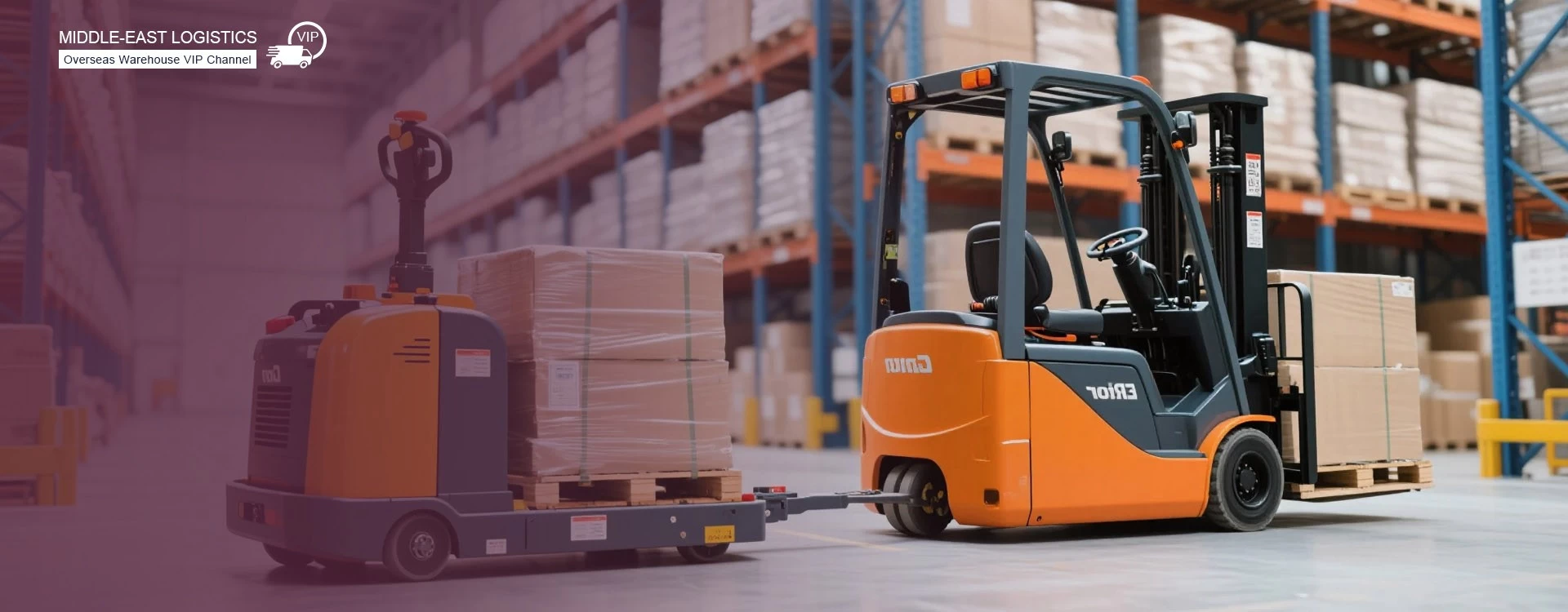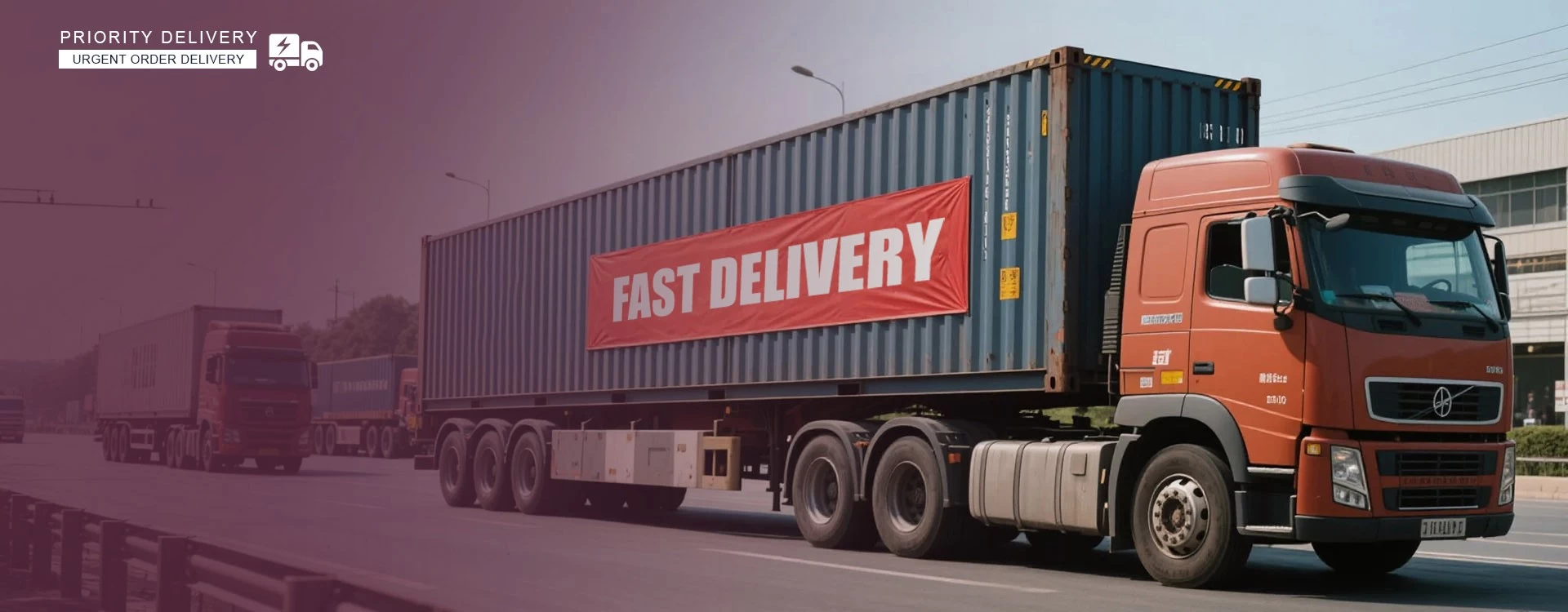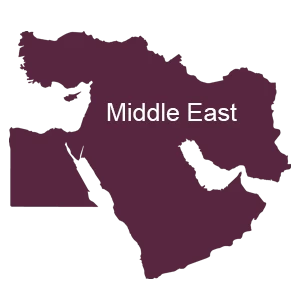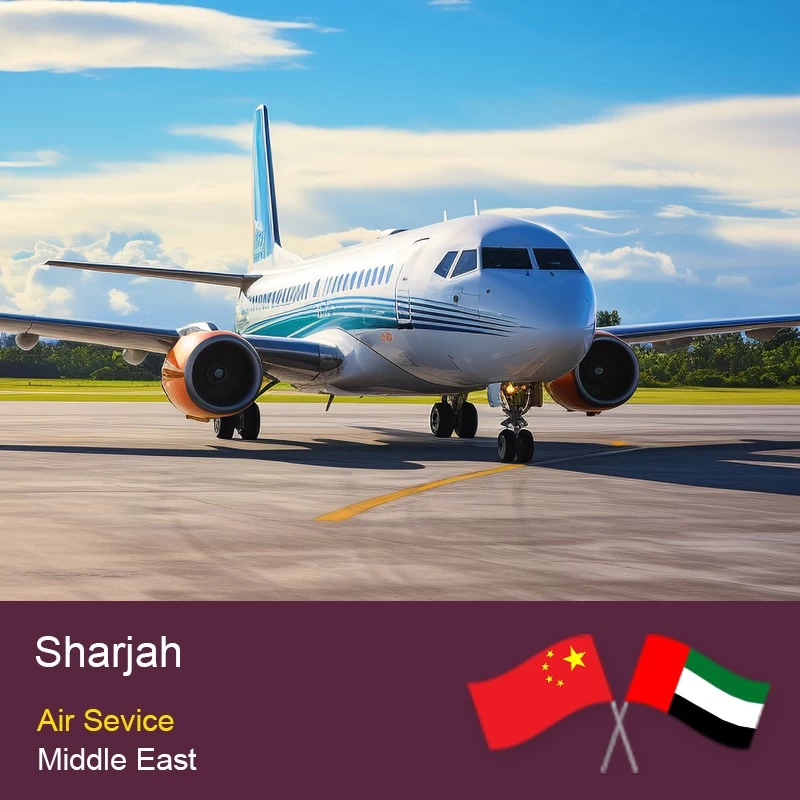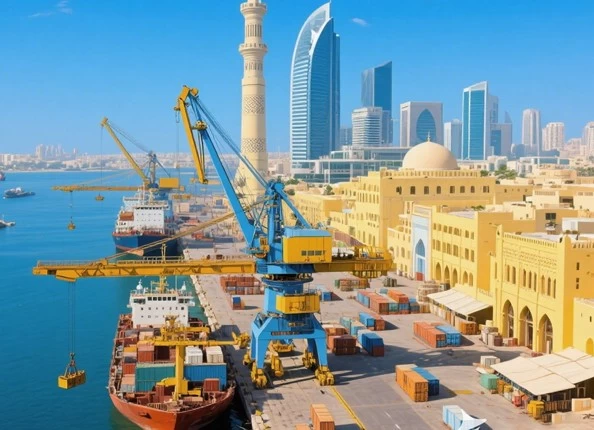A Broken Shipment via Air Freight to Dubai: Endless Blame Game, But Who Can You Trust in the Future?
Omar shipped some glass instruments via air freight to Dubai. During the flight, the plane experienced turbulence. Since the items were packed only in regular cardboard boxes with basic foam padding, some of the glass instruments were damaged—some had cracks, others were completely shattered.
After the incident, Omar spent days going back and forth with the freight forwarding company he hired, but it led nowhere. Omar argued that as a professional freight forwarder, they should have been able to tell that the packaging wasn’t sufficient. The company, however, insisted that it was the factory’s fault— “We only handle the shipping. You should take this up with the factory.”
I explained to Omar that while the contract might not clearly assign blame in such cases, he had a point. A professional freight forwarder should be able to identify substandard packaging and stop the shipment. But sometimes, to avoid extra trouble or due to overconfidence, they adopt a “not my job” attitude—shipping is our duty; packaging is the factory’s. Legally, the forwarder might not be responsible, but from a customer service perspective, there was definitely a lack of responsibility.
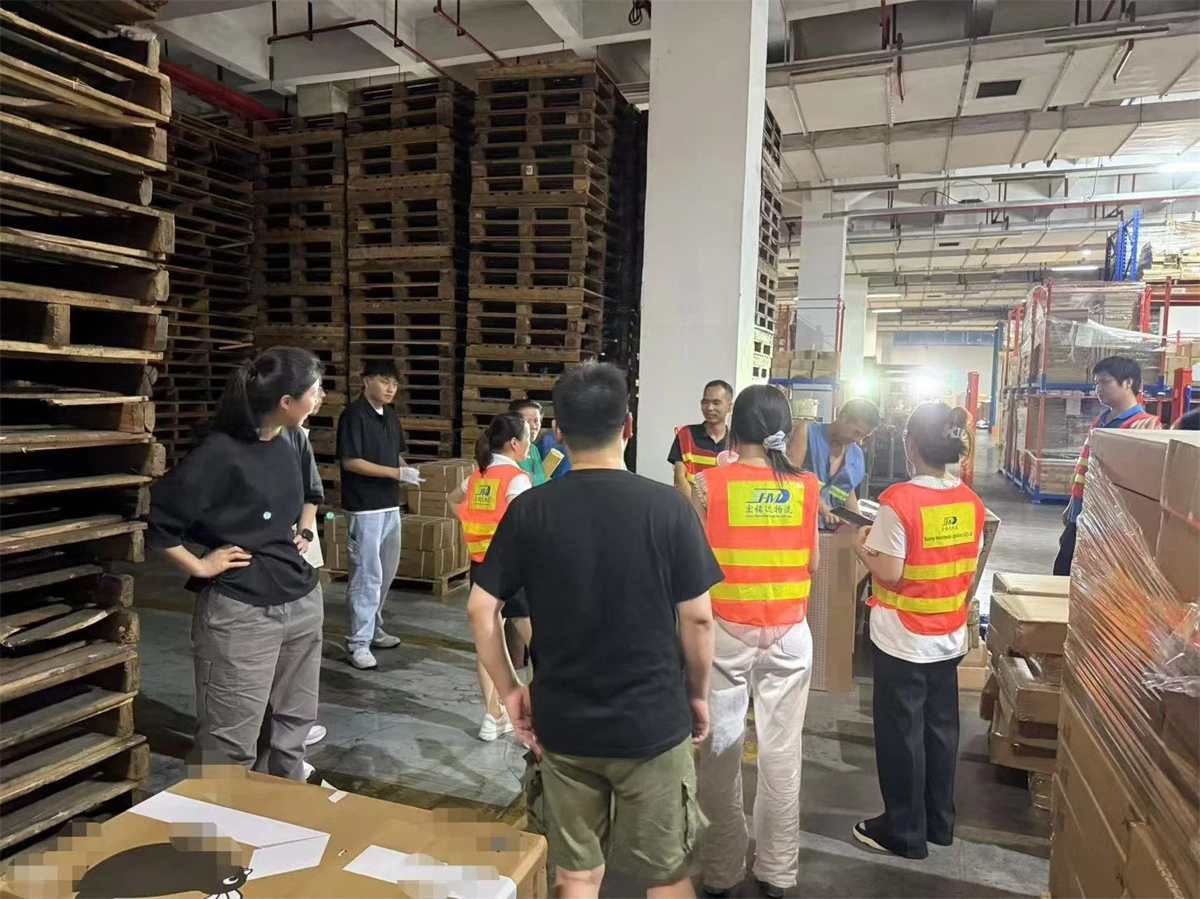
Over the years, we’ve encountered many similar situations in our air freight to Dubai shipments. We always put ourselves in the customer’s shoes and refuse to ship anything until the packaging is up to standard. Why? First, it’s about being responsible to our clients. Second, as a freight forwarder, building a good reputation means always keeping the customer’s best interest in mind and anticipating their needs.
We know the air freight to Dubai process inside out—especially for fragile items. We have clear packaging standards: each piece must be individually wrapped, sufficient cushioning foam must be used at the bottom of the box, and outer containers must be strong cardboard or wooden crates. Even when the contract says the factory is responsible for packaging, we still check every package that arrives at our warehouse. Factories aren’t experts in shipping—we are.
Through years of experience in air freight to Dubai, we’ve learned our lessons. Sometimes when we tell a factory their packaging isn’t good enough, the client or factory pushes back: “It’s always been done this way, and nothing went wrong!” But no problem in the past was just luck. That’s why we even created a fragile packaging standards guide, complete with real examples and photos, showing what seems secure but often fails—and what actually works. We share this with our customers and their factories.
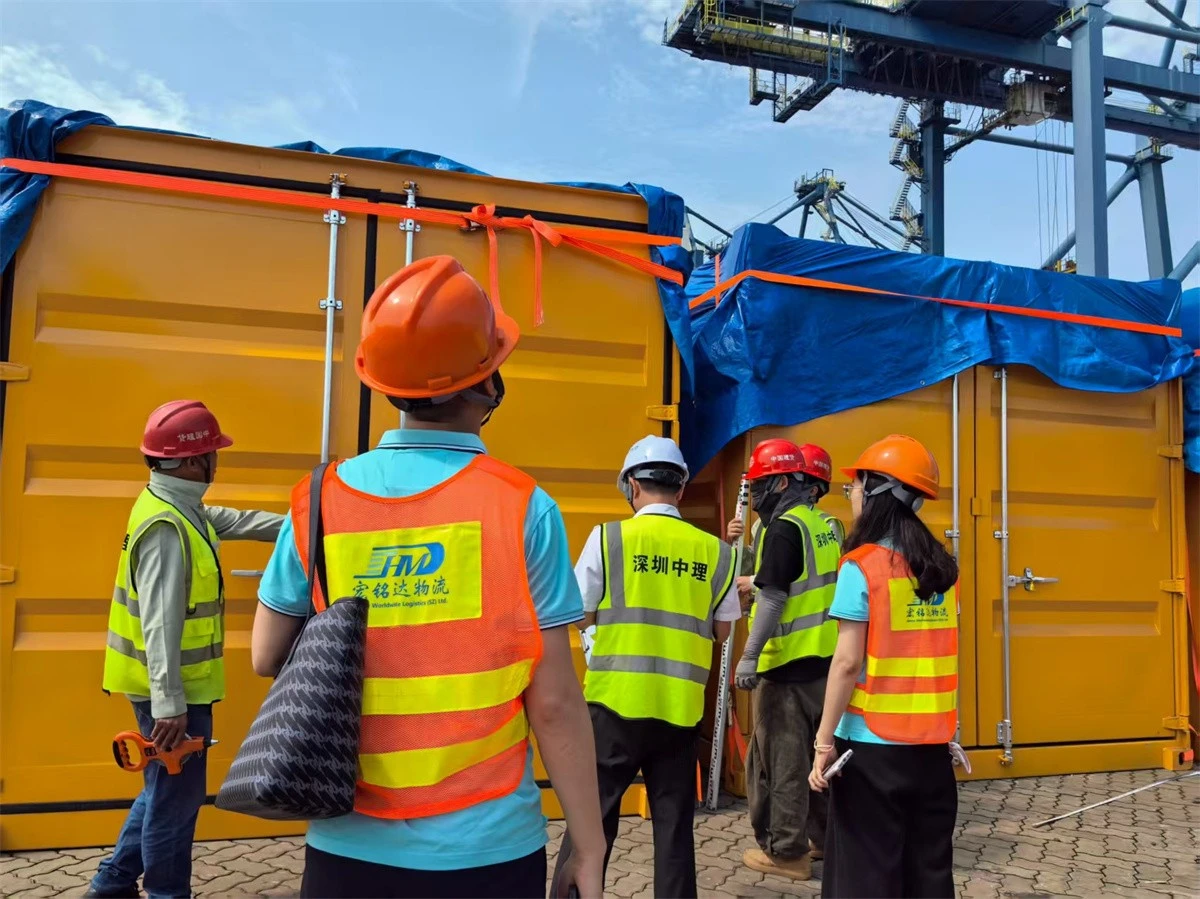
When Omar saw our packaging guide, he said he wished he had worked with us from the start—he could’ve avoided this whole mess.
It might sound simple—just checking the packaging and fixing it when it’s not good enough. But it’s more than that. It’s the result of years of experience in air freight to Dubai and handling countless shipments. We know better packaging means slightly higher costs, but based on our experience, it greatly reduces the chance of damage—even down to zero. In the big picture, total costs actually go down. Omar agreed.
I also told Omar that we operate two dedicated lines for air freight to Dubai. Often, when factories use other forwarders, those agents eventually subcontract to us. So in many cases, we’re the ones actually shipping the goods—we are the source. After discussing more details about air freight to Dubai, Omar felt confident and decided to ship with us. Five days later, his goods arrived safely at his designated warehouse in Dubai.

